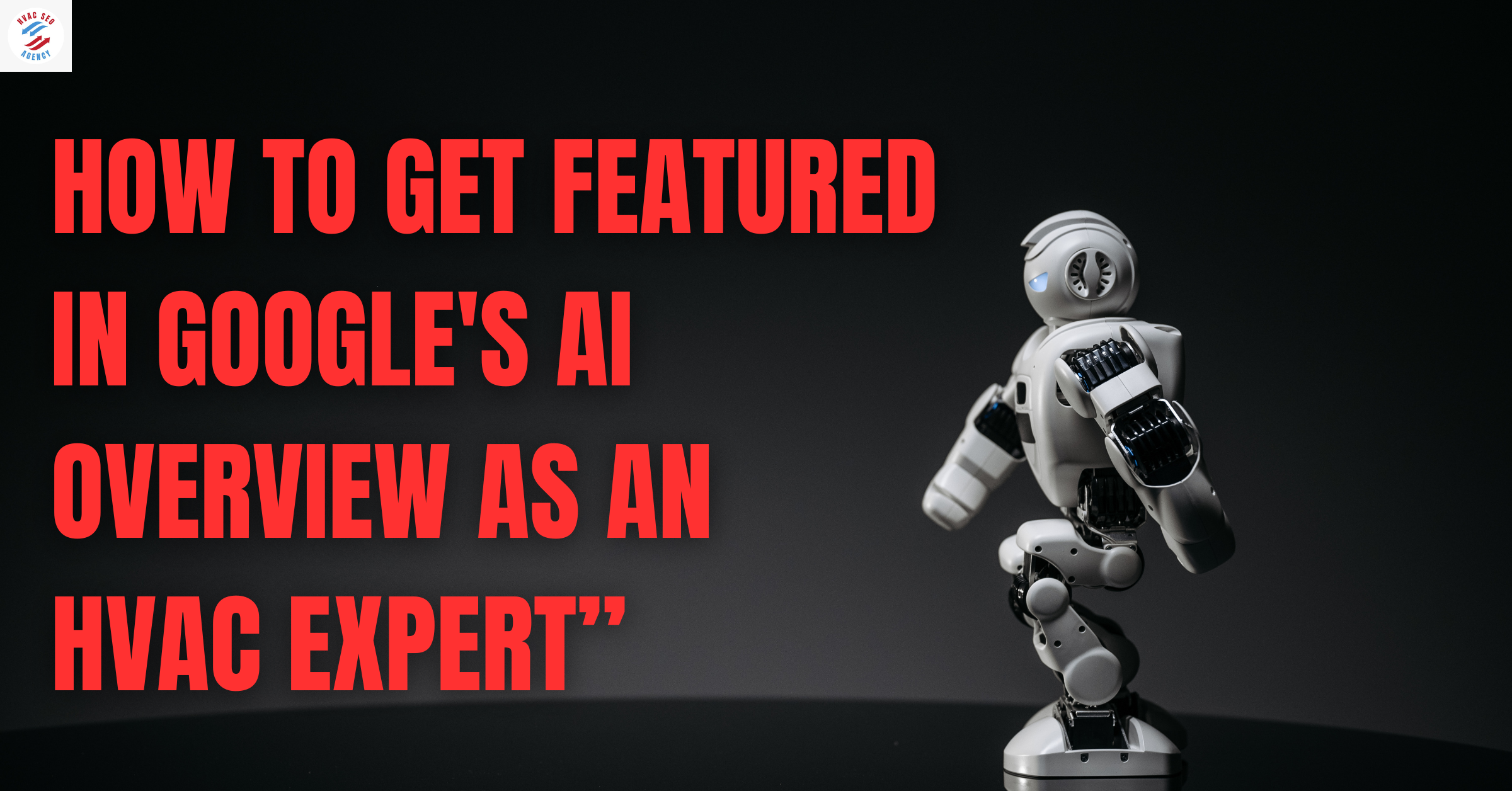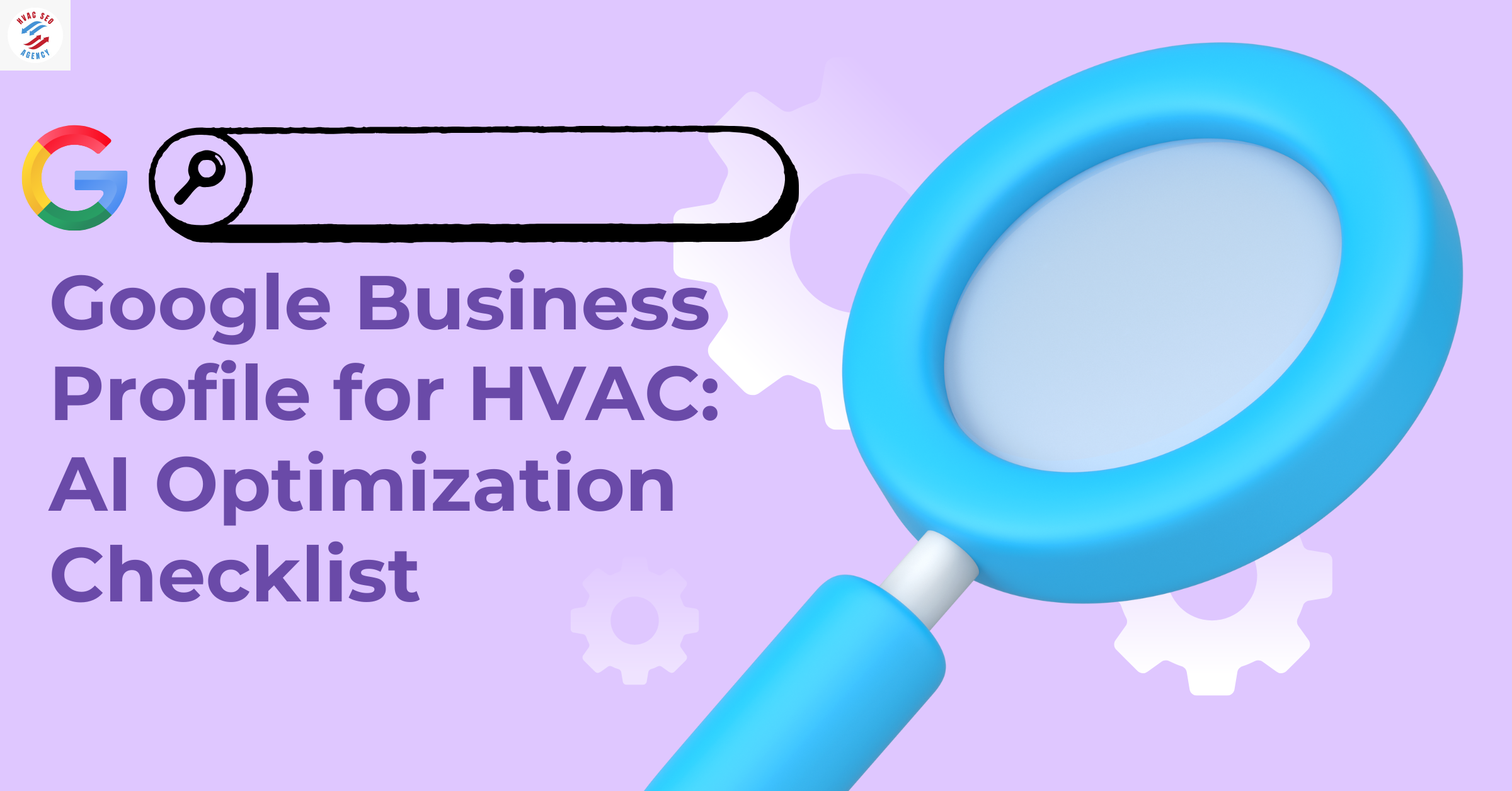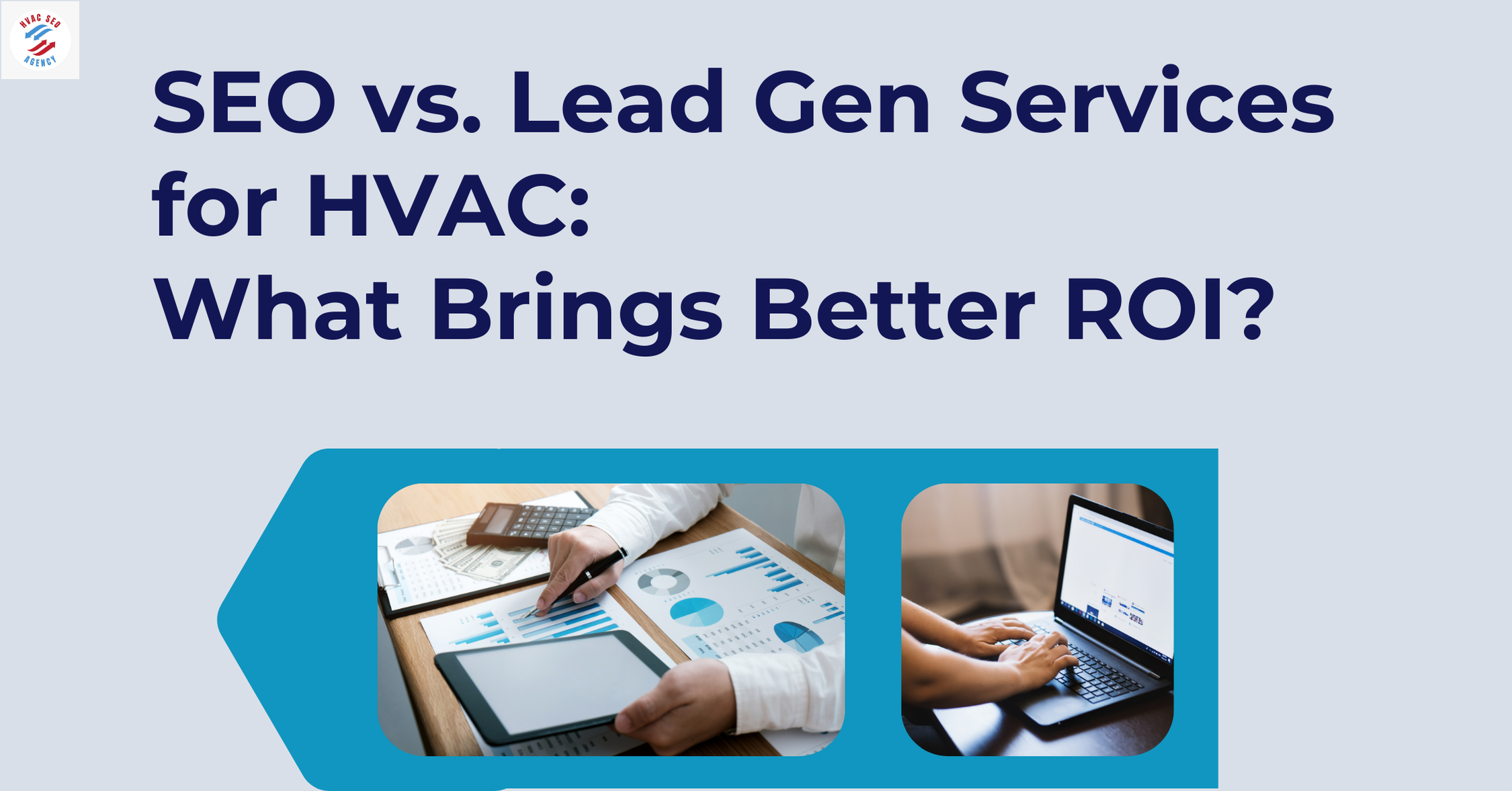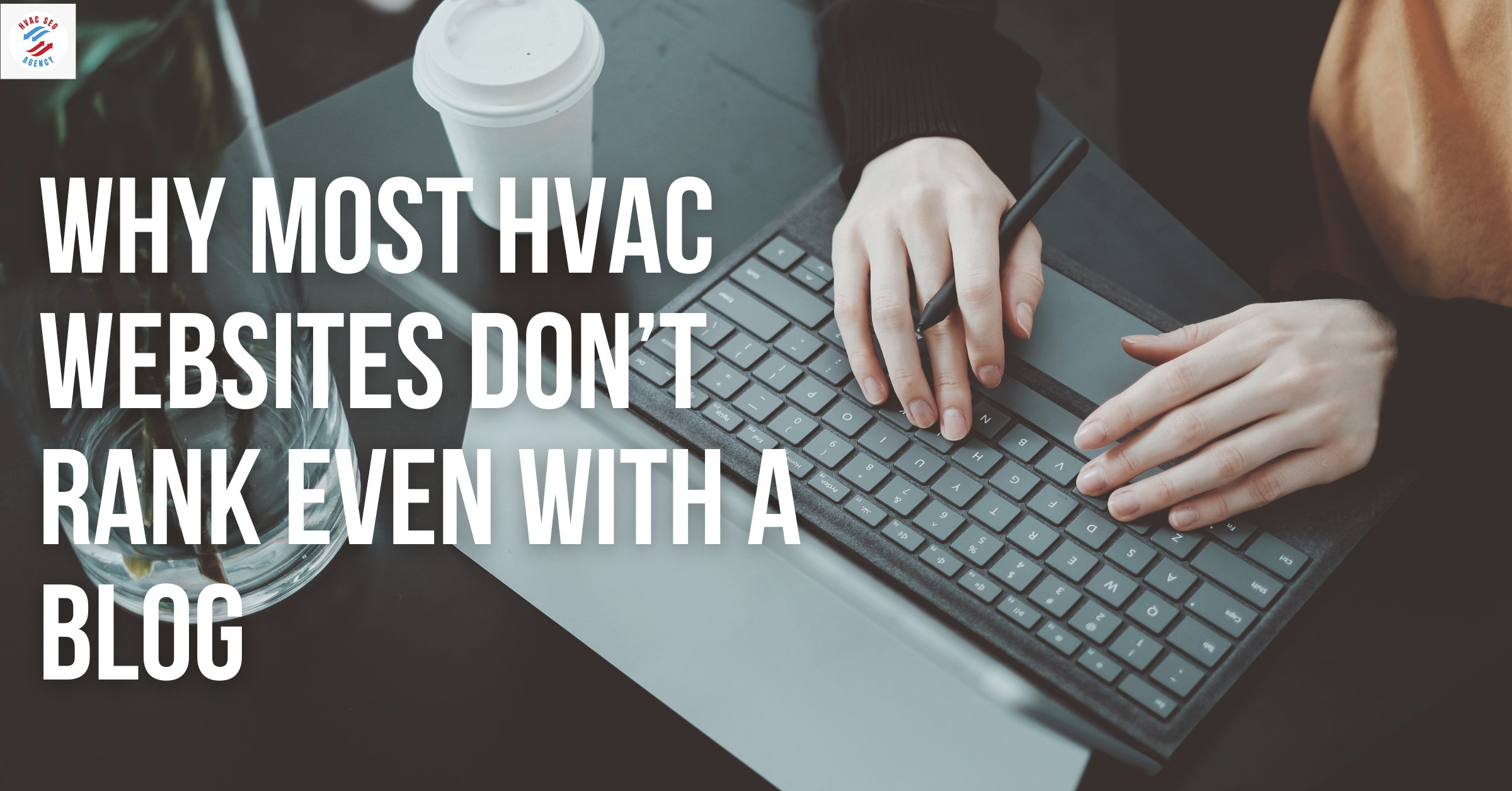How Dehumidification Can Improve Indoor Air Quality and Comfort

Indoor Air Quality (IAQ)
Indoor Air Quality (IAQ) refers to the condition of the air within and around buildings, especially as it relates to the health and comfort of building occupants. Good IAQ is crucial because Americans spend approximately 90% of their time indoors. Poor IAQ can lead to immediate effects such as irritation of the eyes, nose, and throat, headaches, dizziness, and fatigue, as well as long-term effects like respiratory diseases, heart disease, and cancer. For HVAC companies looking to educate homeowners and attract more customers, partnering with an expert HVAC SEO agency can help increase online visibility, ensuring that their services reach those actively searching for indoor air quality solutions.
For HVAC companies looking to dominate local search results, implementing HVAC SEO in Dallas is crucial for attracting high-intent customers searching for heating and cooling services.
Common Indoor Pollutants
Several pollutants can compromise IAQ:
Particulate Matter (PM): Tiny particles or droplets in the air that can be inhaled into the lungs, causing health issues.
Volatile Organic Compounds (VOCs): Organic chemicals that evaporate at room temperature, found in products like paints, varnishes, and cleaning supplies. Exposure can lead to eye, nose, and throat irritation, headaches, and even damage to the liver, kidney, and central nervous system.
Biological Contaminants: Mold, bacteria, dust mites, and pet dander can trigger allergic reactions and asthma.
Carbon Monoxide (CO): A colorless, odorless gas produced by burning fossil fuels, which can cause harmful health effects by reducing oxygen delivery to the body's organs and tissues.
Radon: A naturally occurring radioactive gas that can cause lung cancer.
Role of Humidity in IAQ
Humidity levels significantly influence IAQ:
High Humidity: Encourages the growth of mold and dust mites, leading to respiratory issues and allergies.
Low Humidity: Can cause dry skin, irritate respiratory passages, and increase susceptibility to infections.
Maintaining an indoor humidity level between 30% and 50% is ideal for minimizing these risks.
Table : Common Indoor Pollutants and Their Health Effects
Graph : Time Spent Indoors by Americans
The Science of Humidity and Its Effects
What is Humidity?
Humidity refers to the concentration of water vapor present in the air. It is commonly expressed in three forms:
Absolute Humidity: The total mass of water vapor present in a given volume of air, typically measured in grams per cubic meter (g/m³).
Relative Humidity (RH): The percentage ratio of the current absolute humidity to the highest possible absolute humidity at a given temperature. For example, an RH of 50% means the air holds half of the water vapor it can potentially contain at that temperature.
Specific Humidity: The ratio of the mass of water vapor to the total mass of the air parcel, including the water vapor, usually expressed as grams of water vapor per kilogram of air.
Maintaining optimal humidity levels is crucial for indoor air quality and comfort. Businesses that provide HVAC dehumidification solutions can get more HVAC service calls by educating homeowners on the importance of controlling indoor humidity for health, energy efficiency, and overall home comfort.
Effects of High Humidity
Elevated humidity levels can have several adverse effects on indoor environments and occupant health:
Promotion of Mold and Mildew Growth: High humidity creates an ideal environment for mold and mildew to thrive, leading to structural damage and health issues such as allergies and respiratory problems.
Increased Presence of Dust Mites: Dust mites flourish in humid conditions, contributing to indoor allergens that can exacerbate asthma and allergy symptoms.
Health Implications: Excessive humidity can cause discomfort, leading to respiratory issues and fatigue.
Effects of Low Humidity
Conversely, low humidity levels can also negatively impact indoor environments and health:
Dry Skin and Respiratory Passages: Insufficient moisture in the air can lead to dry skin, irritation of the nasal passages, and respiratory discomfort.
Increased Susceptibility to Infections: Dry air can dry out mucous membranes, reducing their ability to trap and eliminate pathogens, thereby increasing the risk of respiratory infections.
Damage to Wooden Furniture and Musical Instruments: Low humidity can cause wood to shrink and crack, damaging furniture and instruments.
Table : Effects of Humidity Levels on Health and Comfort
Graph : Relationship Between Relative Humidity and Health Risks
HVAC Systems and Humidity Control
Components of an HVAC System
Heating, Ventilation, and Air Conditioning (HVAC) systems are designed to regulate indoor environments by controlling temperature, air quality, and humidity levels. The primary components include:
Heating Elements: These consist of furnaces or boilers that generate heat to maintain comfortable indoor temperatures during colder periods.
Ventilation: This component involves ducts, fans, and filters that facilitate the exchange of indoor and outdoor air, ensuring the removal of indoor pollutants and the introduction of fresh air.
Air Conditioning Units: These systems cool indoor air during warmer periods and play a crucial role in dehumidification by removing excess moisture from the air.
Beyond temperature control, HVAC businesses must optimize their online presence using a Lead Generation Funnel for HVAC Businesses to attract and convert potential customers. A well-structured funnel, including SEO, local search optimization, and targeted digital marketing, ensures HVAC companies capture more leads and increase service calls, ultimately driving business growth.
How HVAC Systems Regulate Humidity
HVAC systems manage indoor humidity through several mechanisms:
Cooling Process and Moisture Removal: During cooling, air conditioners lower air temperature, causing moisture to condense on the evaporator coils. This condensation process effectively reduces indoor humidity levels.
Role of Evaporator Coils in Condensation: As warm, humid air passes over the cold evaporator coils, water vapor condenses into liquid form, which is then drained away, resulting in dehumidified air being circulated back into the indoor space.
Limitations of Standard HVAC Systems in Humidity Control
While standard HVAC systems contribute to humidity regulation, they have certain limitations:
Inadequate Dehumidification: In regions with high humidity or during specific seasons, standard air conditioning may not sufficiently remove moisture, leading to discomfort and potential mold growth.
System Sizing Issues: An HVAC system that is too large or too small for a space can exacerbate humidity problems. Oversized systems may cool the air quickly without adequately dehumidifying, while undersized systems may struggle to handle high humidity levels.
Lack of Independent Humidity Control: Standard HVAC systems often lack the capability to control humidity independently of temperature, making it challenging to maintain optimal indoor humidity levels under varying environmental conditions.
Table : HVAC Components and Their Roles in Humidity Control
Graph : Impact of HVAC System Sizing on Humidity Control
Introduction to HVAC Dehumidification
What is HVAC Dehumidification?
HVAC dehumidification refers to the process of removing excess moisture from indoor air through Heating, Ventilation, and Air Conditioning (HVAC) systems. Effective humidity control is vital for maintaining indoor air quality and ensuring occupant comfort. Excess moisture can lead to mold growth, structural damage, and health issues.
Types of Dehumidification Systems
Various dehumidification systems are employed within HVAC configurations to manage indoor humidity levels effectively:
Refrigerant-Based Dehumidifiers: These systems operate by cooling air below its dew point, causing moisture to condense and be removed. The process involves air passing over a cooling coil, where moisture condenses, and the dried air is reheated and distributed.
Desiccant Dehumidifiers: Utilizing materials like silica gel, desiccant dehumidifiers absorb moisture from the air. The desiccant is then regenerated by heating, expelling the moisture outdoors. This approach is particularly effective in low-temperature environments.
Whole-House Dehumidifiers: Integrated into the home's HVAC system, whole-house dehumidifiers provide comprehensive humidity control throughout the entire building. They draw air from the return duct, pass it over cold refrigerant coils to condense and remove moisture, and then circulate the dehumidified air back into the living spaces.
Table : Comparison of Dehumidification Systems
Graph : Efficiency of Dehumidification Systems Across Temperature Ranges
Benefits of HVAC Dehumidification
Implementing HVAC dehumidification systems offers numerous advantages that enhance health, comfort, structural integrity, and energy efficiency.
Health Benefits
Reduction in Mold and Dust Mites: Maintaining optimal humidity levels inhibits the growth of mold and dust mites, which are common allergens. This reduction leads to a decrease in allergy and asthma symptoms among occupants.
Prevention of Respiratory Issues: Proper dehumidification minimizes the proliferation of bacteria and viruses, thereby reducing the risk of respiratory infections and promoting overall health.
Comfort Benefits
Elimination of Musty Odors: By controlling humidity, HVAC dehumidification prevents the development of musty smells associated with damp environments, resulting in a fresher indoor atmosphere.
Enhanced Sleep Quality: Maintaining balanced humidity levels contributes to a more comfortable sleeping environment, improving sleep quality and overall well-being.
Structural Benefits
Protection of Building Materials: Excess moisture can lead to structural issues such as wood rot and warping. Dehumidification safeguards building materials, preserving the integrity of the structure.
Preservation of Furniture and Electronics: Proper humidity control prevents damage to furniture and electronic devices caused by excessive moisture, thereby extending their lifespan.
Energy Efficiency
Enhanced HVAC Performance: Dehumidification reduces the workload on air conditioning systems by removing excess moisture, allowing them to cool spaces more efficiently. This improvement leads to energy savings and lower utility bills.
Extended Equipment Lifespan: By maintaining optimal humidity levels, HVAC systems experience less strain, resulting in reduced wear and tear and a longer operational lifespan.
Table : Summary of HVAC Dehumidification Benefits
Graph : Impact of Dehumidification on HVAC Energy Consumption
Implementing HVAC Dehumidification
Proper implementation of HVAC dehumidification involves assessing current humidity levels, selecting an appropriate system, deciding between professional installation or a do-it-yourself (DIY) approach, and ensuring regular maintenance.
Assessing Indoor Humidity Levels
Accurately measuring indoor humidity is the first step toward effective dehumidification. The most reliable method is using a hygrometer, an instrument that measures the amount of water vapor in the air, providing a relative humidity reading. Hygrometers are readily available at hardware stores and are simple to use.
Alternative Methods:
Ice Cube Test: Place two or three ice cubes into a glass, add water, and stir. Wait three to four minutes. If moisture does not form on the outside of the glass, the air is too dry; if water has condensed on the outside, the relative humidity is high.
Choosing the Right Dehumidification System
Selecting an appropriate dehumidification system depends on several factors:
Home Size: The dehumidifier's capacity should match the size of your house. Larger spaces require units with higher capacities.
Humidity Levels: Determine the average humidity levels in your home. Properties in more humid areas may need more powerful dehumidifiers.
Energy Efficiency: Opt for dehumidifiers with high energy efficiency ratings to save on electricity bills.
Features: Consider additional features such as built-in hygrometers, auto-restart, and adjustable settings.
Professional Installation vs. DIY
Deciding between professional installation and a DIY approach depends on:
Complexity of the System: Whole-house dehumidifiers integrated into HVAC systems typically require professional installation to ensure proper functionality.
Budget Considerations: DIY installation can save money upfront but may lead to higher costs if mistakes occur.
Expertise: Professionals can assess your specific needs, recommend the appropriate type and capacity, and ensure proper installation.
Maintenance of Dehumidification Systems
Regular maintenance ensures the longevity and efficiency of dehumidification systems:
Cleaning Filters: Regularly clean or replace filters to maintain airflow and efficiency.
Inspecting Coils: Ensure evaporator and condenser coils are clean to prevent system strain.
Checking Drainage: Verify that drainage systems are unobstructed to prevent water damage.
Professional Servicing: Schedule annual inspections by certified HVAC professionals to detect and address potential issues early.
Table : Factors to Consider When Choosing a Dehumidification System
Graph : Relationship Between Home Size and Dehumidifier Capacity
Case Studies: The Impact of HVAC Dehumidification on Indoor Air Quality and Comfort
Implementing HVAC dehumidification systems has led to significant improvements in indoor air quality (IAQ) and occupant comfort across various settings. The following case studies illustrate these benefits:
Community Pool Center Retrofit – Duncan, OK
Background: The Simmons Center, a large recreation facility in Duncan, Oklahoma, underwent a major remodeling project that included updating the HVAC system serving the aging pool area.
Challenges:
High humidity levels leading to discomfort for occupants.
Potential structural damage due to moisture accumulation.
Solutions Implemented:
Installation of advanced dehumidification systems tailored for swimming pool environments.
Outcomes:
Significant reduction in indoor humidity levels, enhancing occupant comfort.
Improved air quality by mitigating mold and mildew growth.
Preservation of building materials and structural integrity.
Vintage Home in Miami, FL
Background: A 1941 vintage home in Miami exhibited a musty odor and volatile organic compound (VOC) concerns despite appearing clean.
Challenges:
Elevated indoor humidity contributing to poor IAQ.
Occupant discomfort due to musty odors.
Solutions Implemented:
Assessment and identification of humidity sources.
Installation of a dedicated dehumidification system to maintain optimal humidity levels.
Outcomes:
Elimination of musty odors, resulting in a fresher indoor environment.
Enhanced IAQ by reducing VOC concentrations.
Increased occupant comfort and satisfaction.
Multi-Family Housing in Pensacola, FL
Background: A multi-family housing complex in Pensacola faced issues related to excessive moisture, including poor IAQ, property damage, and occupant discomfort.
Challenges:
High indoor humidity levels leading to mold growth.
Increased energy consumption due to inefficient moisture control.
Solutions Implemented:
Deployment of specialized dehumidification systems designed for multi-family housing units.
Outcomes:
Indoor conditions transitioned from cold and clammy to cool and comfortable.
Average indoor temperature increased by approximately 6°F, promoting energy savings of nearly 18%.
Enhanced IAQ and occupant well-being.
Kaiser Permanente Hospital – Dehumidification
Background: Kaiser Permanente Hospital required effective humidity control to maintain a sterile environment and ensure patient comfort.
Challenges:
Maintaining optimal humidity levels to prevent microbial growth.
Ensuring patient and staff comfort in a sensitive healthcare setting.
Solutions Implemented:
Integration of advanced dehumidification systems within the hospital's HVAC infrastructure.
Outcomes:
Consistent maintenance of ideal humidity levels, supporting infection control protocols.
Improved comfort for patients and staff.
Enhanced reliability and efficiency of the hospital's HVAC system.
Rehabilitation Hospital – Chicago, IL
Background: A rehabilitation hospital in Chicago sought to improve IAQ and patient comfort in its therapy pool area.
Challenges:
High humidity levels causing discomfort and potential health risks.
Risk of mold growth affecting IAQ.
Solutions Implemented:
Installation of specialized dehumidification units designed for therapy pool environments.
Outcomes:
Effective humidity control, enhancing patient comfort during therapy sessions.
Improved IAQ by preventing mold and mildew proliferation.
Extended lifespan of facility infrastructure due to reduced moisture-related damage.
Leveraging HVAC SEO Agencies for Business Growth
In the digital age, establishing a robust online presence is crucial for HVAC companies aiming to attract leads and boost revenue. Partnering with a specialized HVAC SEO agency can significantly enhance your business's visibility and success.
Role of HVAC SEO Agencies
HVAC SEO agencies specialize in optimizing HVAC businesses' online presence to rank higher in search engine results. Their expertise encompasses:
Keyword Research: Identifying and targeting relevant keywords that potential customers use when searching for HVAC services.
Content Creation: Developing informative and engaging content that addresses customer needs and incorporates targeted keywords.
Technical SEO: Ensuring website structures are optimized for search engine crawling and indexing, including improving site speed and mobile responsiveness.
Local SEO: Optimizing business listings and content to appear in local search results, crucial for attracting nearby customers.
Benefits of Partnering with an HVAC SEO Agency
Collaborating with an HVAC SEO agency offers several advantages:
Enhanced Online Visibility: Effective SEO strategies increase your website's ranking on search engines, making it easier for potential customers to find your services.
Increased Website Traffic: Higher search rankings lead to more website visitors, providing more opportunities to convert leads into customers.
Improved Lead Generation: Targeted SEO efforts attract qualified leads actively searching for HVAC services, increasing the likelihood of conversions.
Competitive Edge: A strong SEO strategy helps your business stand out in a crowded market, positioning you ahead of competitors.
Cost-Effective Marketing: SEO provides long-term results with a higher return on investment compared to traditional advertising methods.
Case Studies: Success Stories of HVAC Businesses
Several HVAC companies have experienced substantial growth by implementing effective SEO strategies:
Increased Organic Traffic: An HVAC company reported a 453% increase in organic traffic and a surge in leads within twelve months after implementing localized SEO strategies and geo-targeted content.
Enhanced Visibility: Businesses utilizing HVAC SEO strategies have seen significant returns, with an average of $20 earned for every dollar spent on SEO.
Choosing the Right HVAC SEO Agency
Selecting the appropriate SEO agency is vital for achieving desired outcomes:
Experience and Expertise: Choose an agency with a proven track record in the HVAC industry and a deep understanding of SEO practices.
Customized Strategies: Ensure the agency offers tailored SEO plans that align with your business goals and target audience.
Transparent Reporting: Opt for agencies that provide clear and regular reports on SEO performance and progress.
Comprehensive Services: A full-service agency can address all aspects of SEO, from technical optimization to content creation and link building.
Table : Key Benefits of Hiring an HVAC SEO Agency
Graph : Average ROI of SEO Compared to Traditional Advertising
Frequently Asked Questions
1 What is the ideal indoor humidity level?
Maintaining indoor relative humidity between 40% and 60% is generally recommended for comfort and health. Levels above 60% can promote mold growth, while levels below 40% may lead to dry skin and respiratory discomfort.
2 How does high humidity affect indoor air quality?
Elevated humidity levels can foster the growth of mold, mildew, and dust mites, contributing to poor IAQ and potential health issues such as allergies and asthma.
3 Can HVAC systems control indoor humidity?
Yes, HVAC systems equipped with dehumidification capabilities can effectively regulate indoor humidity levels, enhancing IAQ and comfort.
4 Do I need a whole-house dehumidifier?
If your home exhibits signs of excessive humidity—such as condensation on windows, musty odors, or visible mold—a whole-house dehumidifier may be beneficial. Using a hygrometer to measure relative humidity can help determine the need; levels above 50% suggest dehumidification could improve IAQ.
5 How often should HVAC filters be changed to maintain good IAQ?
Regularly replacing HVAC filters is crucial for maintaining good IAQ. The frequency depends on factors like filter type, system usage, and indoor air quality, but checking filters monthly and replacing them at least every three months is a common guideline.
6 Can high indoor humidity levels cause structural damage?
Yes, prolonged high humidity can lead to issues such as wood rot, peeling paint, and weakened structural integrity due to moisture accumulation.
7 Are portable dehumidifiers effective for improving IAQ?
Portable dehumidifiers can effectively reduce humidity in specific areas, such as basements or single rooms, thereby improving IAQ in those spaces. However, for whole-house humidity control, an integrated HVAC dehumidification system is more efficient.
8 How does ventilation impact indoor humidity and air quality?
Proper ventilation helps balance indoor humidity levels and reduces indoor pollutant concentrations by introducing fresh outdoor air. However, in humid climates, excessive ventilation without dehumidification can increase indoor humidity.
9 What maintenance is required for HVAC dehumidification systems?
Regular maintenance includes cleaning or replacing filters, inspecting coils for cleanliness, ensuring proper drainage, and scheduling professional inspections to maintain system efficiency and IAQ.
10 Can dehumidifiers help prevent mold growth?
Yes, by maintaining indoor humidity levels below 60%, dehumidifiers create conditions less conducive to mold growth, thereby improving IAQ.
10. Conclusion
Maintaining optimal indoor humidity levels through effective HVAC dehumidification is essential for enhancing indoor air quality and overall comfort. High humidity can lead to mold growth, dust mite proliferation, and musty odors, all of which negatively impact health and comfort. Implementing dehumidification strategies not only mitigates these issues but also contributes to energy efficiency by reducing the workload on cooling systems. By investing in appropriate dehumidification solutions and partnering with specialized HVAC SEO agencies, businesses can improve their indoor environments and achieve sustainable growth through increased leads and revenue.






